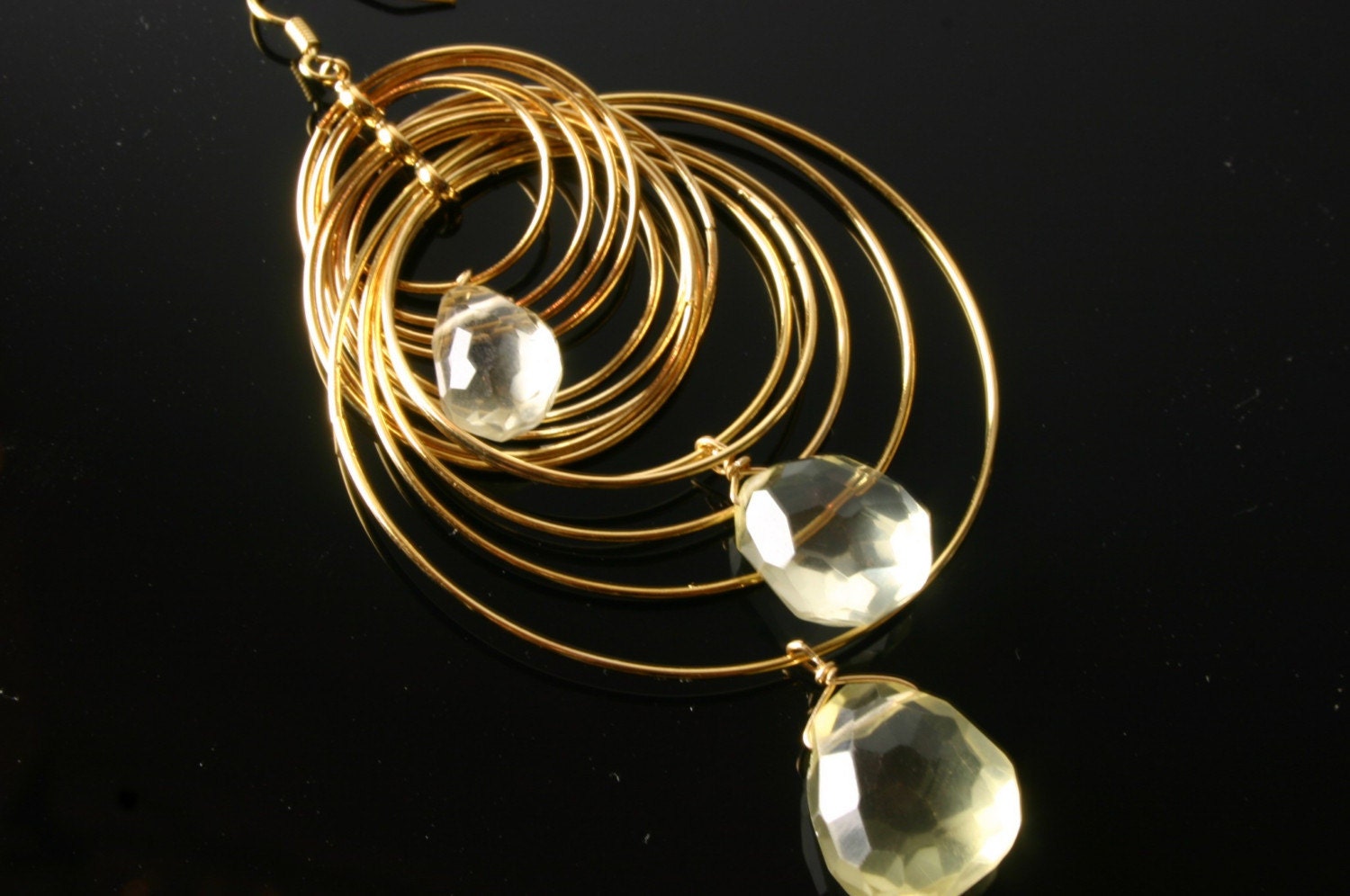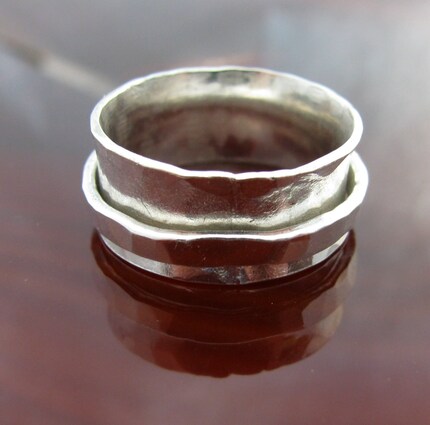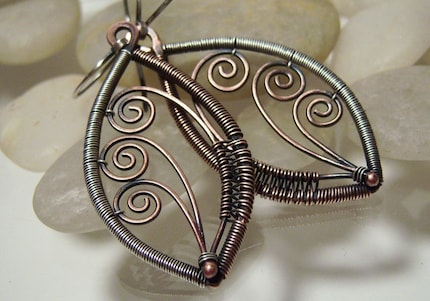Since I was a child, one of my very, very favorites was the book "Just so stories" by Rudyard Kipling.

I read it countless times (and still do) and when I moved out, I took the book with me. It wasn't mine, it belonged to my brother, but I had the feeling as I was the one using it most, right was on my side. Of course I could have bought a new one, but it wouldn't have been the same. My brother didn't mind, though. Maybe because I never told him?
One special appeal for me was and is the style the stories are written in. Some people might recognize now that I sometimes imitate it without even noticing, but only if the right "some people"read this post. And moreover the stories just made sense to me! Don't tell me you never wondered how armadillos developed or how the elephant got his long trunk! No, seriously, even if you never did, don't tell me ;-)
But maybe you never read these stories or had them read to you?
How about some little teasers then?
"How the Camel Got His Hump" tells us about the time the camel didn't have a hump yet. When the world was still new, he lived in the desert, wouldn't work and when anybody tried to talk to him, all he said was "Humph". When the Djinn responsible for the deserts came along, the others complained to him about the camel that hadn't worked for three days. So he tried to talk him to back to his senses and really, who would want to mess with a Djinn? But the camel was very stubborn and that was why he finally got "humphed" by the Djinn. Of course we call it a hump today to not hurt the camel's feelings. Thanks to the hump the camel could work for three days without eating because it missed the first three days.
I wonder if this
camel by
Wirestorm Creations is "the one"?

I bet you also don't know "How the Leopard Got His Spots". In the beginning of time the leopard was plain sandy-yellow-brownish like all other animals and used to hunt with his friend, the Ethiopian. But after a while all the game went away to avoid being hunted and they went to the woods and step by step changed color. The leopard and his friend asked the baboon, the wisest animal around, for help and he advised them to go into other spots and change.
After finding the game and seeing their new unfamiliar patterns, the leopard and his friend decided to change as well. The Ethiopian changed into a dark skin and with the rest of the color on his fingertips he printed lots of little spots on the leopard's fur.
I doubt that that's the way
The FamiLee Jewels did it with their
copper cuff, but everyone has their own way.

Last but not least I'll give my very, very, very favorite story "The Cat That Walked By Himself". Not surprised? I didn't think so.
A long time ago the animals were still wild, but after a while they joined the wild man and his woman, the horse, the dog, the cow, all of them except the cat who didn't want to give up his wild ways, but would have liked to take advantage of the good things in the cave, a fire to sleep next to and milk to drink. Because he was a very smart cat, he could trick the woman into a bargain. The deal he made was not with the wild man and the dog, though, so these still go after a cat today if they see one.
And the cat keeps his part of the bargain, he will kill mice and be kind to babies. But when he has done that, he is the cat that walks by himself, and all places are alike to him.
Beadles and Stones has
a cat in her shop that fits that description perfectly.
 Featuring artisan handmade creations by the Etsy Starving Artists Jewelry Team. SATeam members create handcrafted jewelry and beads. More information about our team and its current Etsy shop owner members can be found at SATEAM.etsy.com.
Featuring artisan handmade creations by the Etsy Starving Artists Jewelry Team. SATeam members create handcrafted jewelry and beads. More information about our team and its current Etsy shop owner members can be found at SATEAM.etsy.com.






 The SATeam blog features artisan handmade creations by the etsy starving artists jewelry team. SATeam members create handcrafted jewelry and beads. More information about our team and its current etsy shop owner members can be found at SATEAM.etsy.com
The SATeam blog features artisan handmade creations by the etsy starving artists jewelry team. SATeam members create handcrafted jewelry and beads. More information about our team and its current etsy shop owner members can be found at SATEAM.etsy.com














































